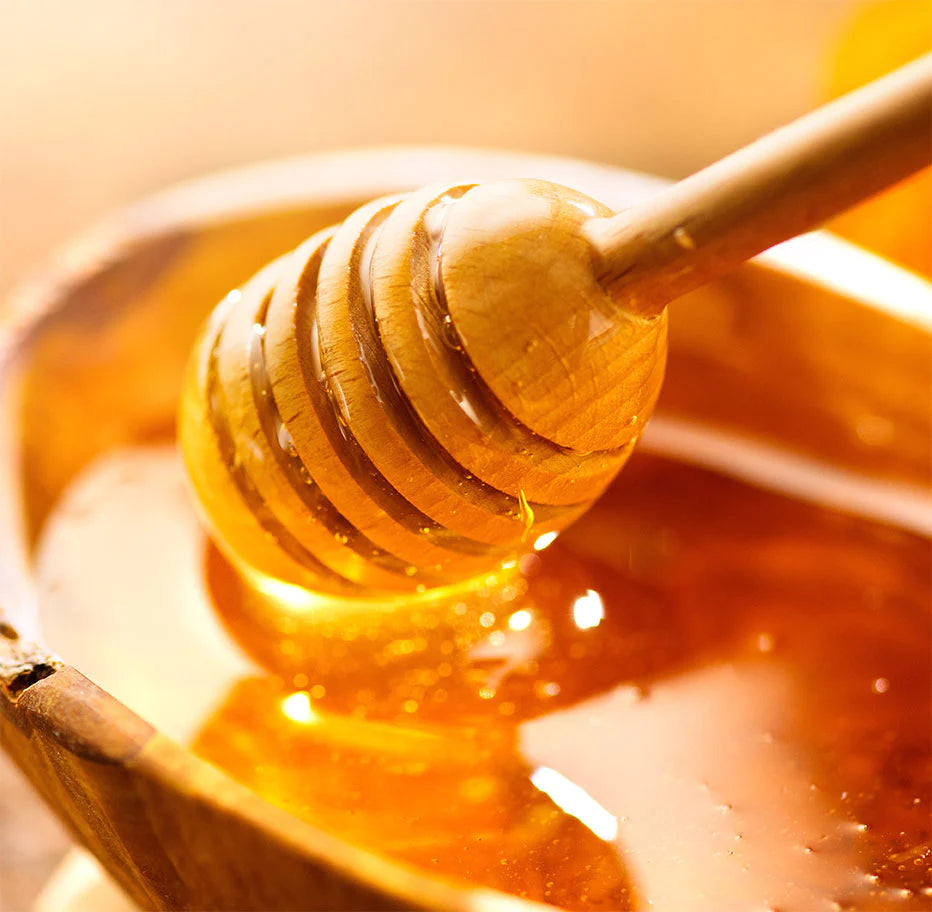How Honey Gets Made
Delve into the enchanting process of honey-making, where nature's alchemy transforms nectar into liquid gold:
- Forager honeybees collect nectar from flowers using their long tongues.
- Back at the hive, the forager honeybee passes the nectar to a hive honeybee.
- Hive honeybees add enzymes to the nectar and deposit it into a honeycomb cell.
- Bees fan their wings over the nectar to evaporate moisture, thickening it.
- Once thickened, bees cap the cell with beeswax to seal it.
- The capped honeycomb is left until needed as food for the colony.
This intricate process showcases the ingenuity and teamwork of honeybees, resulting in the creation of one of nature's most cherished treasures.




